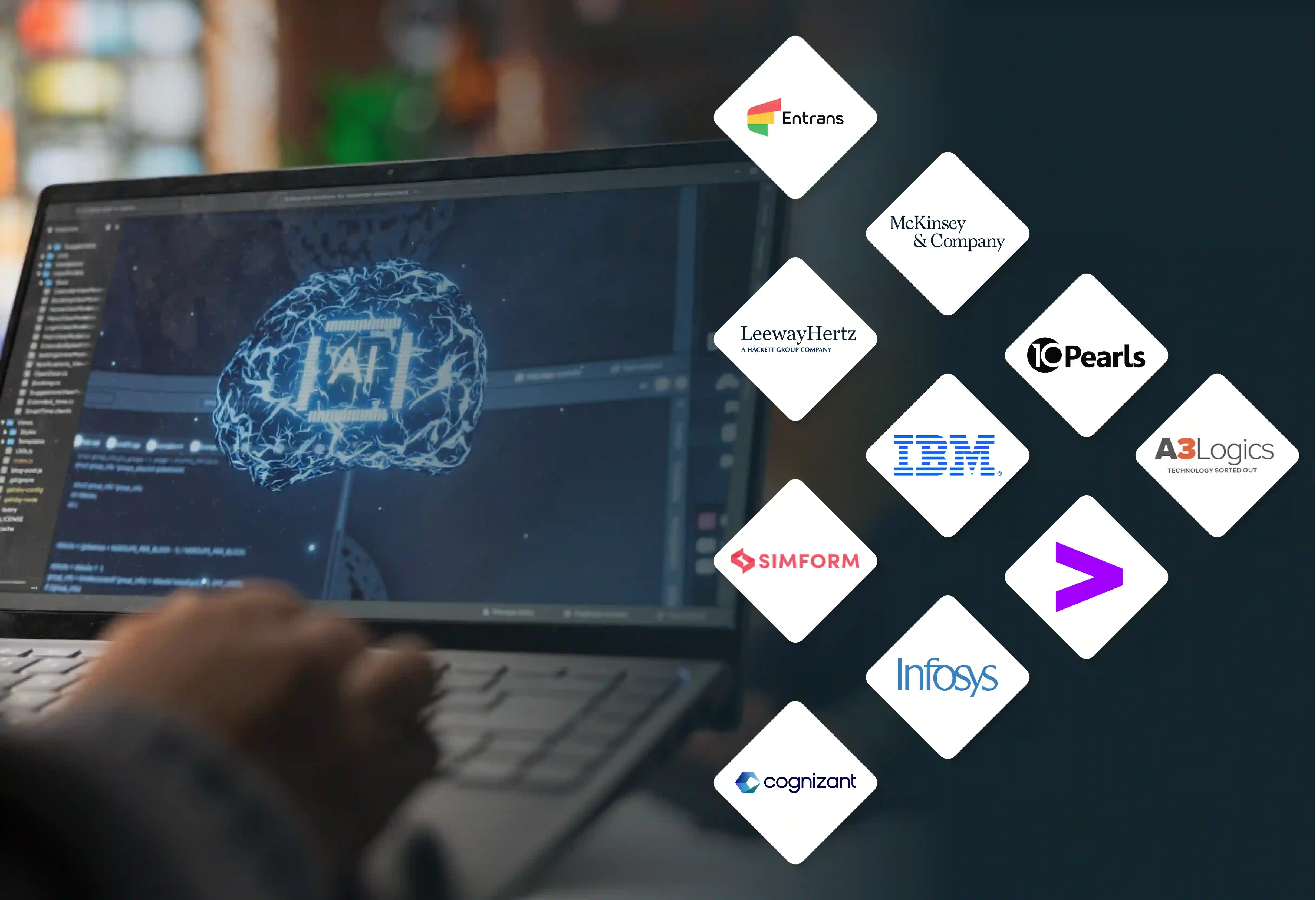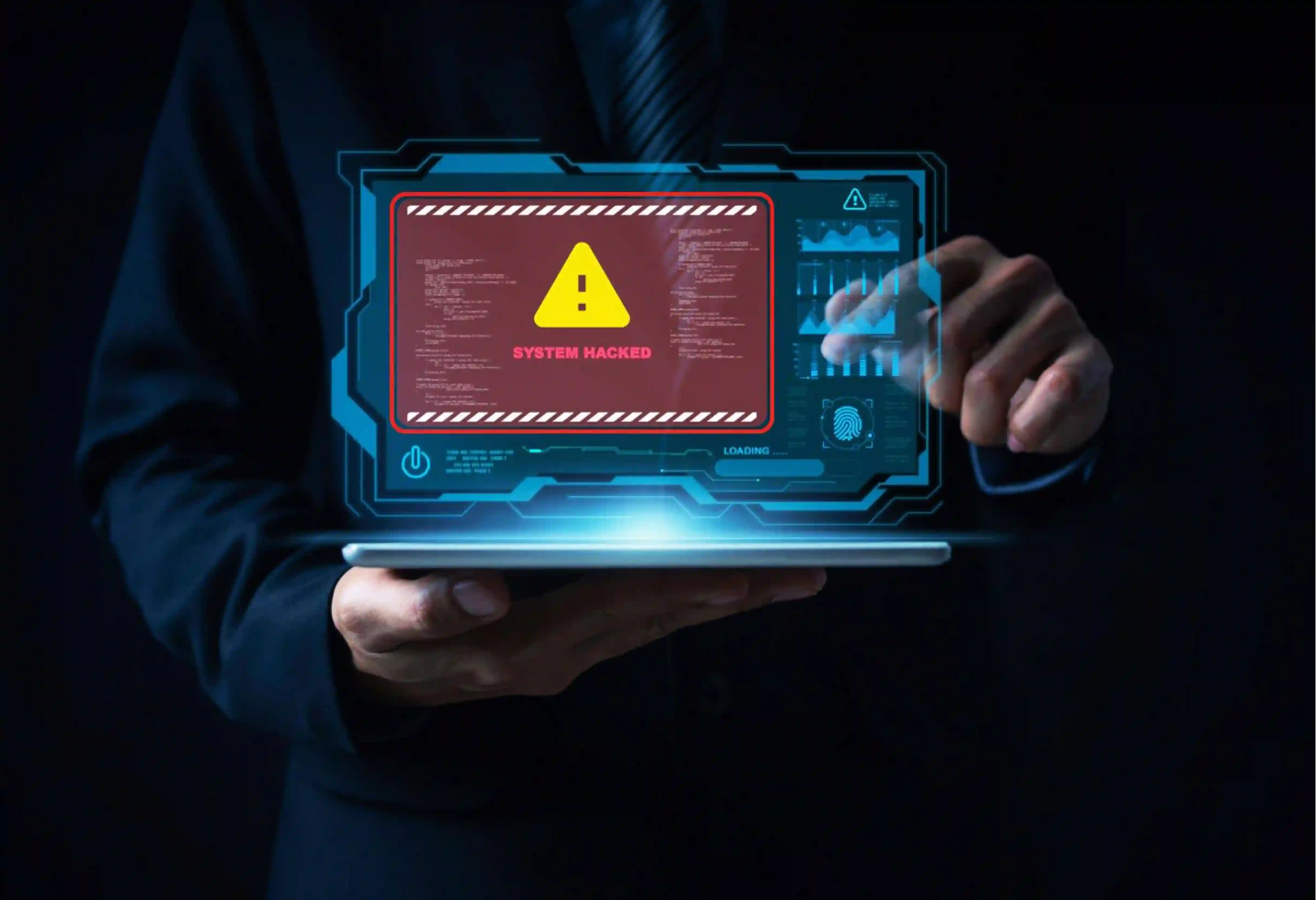


Resilience has always been a business virtue, but in today’s volatile environment it is a survival requirement. Global enterprises face a steady cadence of shocks such as geopolitical tensions, regulatory changes, cyber threats, supply chain disruptions, climate risk, and the relentless rise of digital-first competitors.
What separates the leaders from the rest is not who experiences fewer disruptions, but who adapts faster. That adaptability increasingly has one foundation: modernization.
Modernization is often oversimplified as “upgrading old systems.” In reality, it is the strategic reinvention of the enterprise digital core, creating the agility to pivot quickly, scale intelligently, and continue delivering value even when the world changes overnight.
On the surface, many legacy systems appear “stable.” They have run for decades, they process millions of transactions daily, and they rarely crash. But stability is not the same as resilience. In practice, outdated cores and siloed architectures introduce fragility in four critical ways:
The fragility of legacy systems became clear during the pandemic. Institutions that could not adapt quickly to remote work, digital channels, or new compliance requirements lost customer trust and market share.
Modernization is not just a CIO agenda. It is a CEO-level priority because it cuts across every dimension of enterprise resilience. The most successful programs address modernization at multiple layers:
This is not technology for technology’s sake. Modernization directly enables the agility, scalability, and trust enterprises need to survive disruption and seize opportunity.
Banks and financial institutions provide a clear illustration. Many still run on decades-old mainframes. When regulators introduce new compliance mandates, retrofitting these systems can take months. Competitors with modernized, cloud-based cores can adapt in weeks.
The cost differential is equally stark. Banks that have modernized report up to 50 percent reduction in IT run costs and 40 to 60 percent faster product launches. That difference determines whether a bank can lead in launching real-time payments, BNPL, or AI-driven fraud detection, or whether it struggles to keep up.
Healthcare organizations face a different challenge: interoperability. Patient data often lives across fragmented EMRs, insurance claims systems, and lab databases. Legacy platforms hinder collaboration, slowing down everything from patient onboarding to clinical trials.
Modernized healthcare ecosystems unify these silos, enabling a 360-degree patient view and improving outcomes. With AI-driven insights, providers can predict patient risks earlier, while insurers streamline claims and compliance. For patients, the result is better care with less friction.
Global supply chains demonstrated both their fragility and importance during recent disruptions. Enterprises reliant on batch-driven, spreadsheet-heavy systems were blind to real-time changes in demand and supply.
Modernized supply chains powered by real-time data pipelines, AI-based forecasting, and cloud-native orchestration show 90 percent reduction in reporting latency and 70 percent improvement in forecast accuracy. That agility is not just about efficiency; it is about business continuity in a world where disruption is the new normal.
It is tempting to think of modernization purely in terms of tools and platforms. But true modernization is also cultural. Enterprises that succeed embrace:
Enterprises that modernize report benefits across three levels:
In essence, modernization turns resilience from a defensive stance into a proactive growth strategy.
Resilience does not happen by accident. It is the deliberate result of rethinking and rebuilding the enterprise digital core. Legacy systems may appear reliable, but they are fragile when tested. Modernization provides the flexibility, intelligence, and scalability enterprises need to not only survive disruption but to thrive through it.
The organizations that will lead in the next decade are not the ones with the biggest budgets or the longest histories. They are the ones that make modernization central to their strategy, treating resilience not as a buzzword but as the cornerstone of sustained growth.





